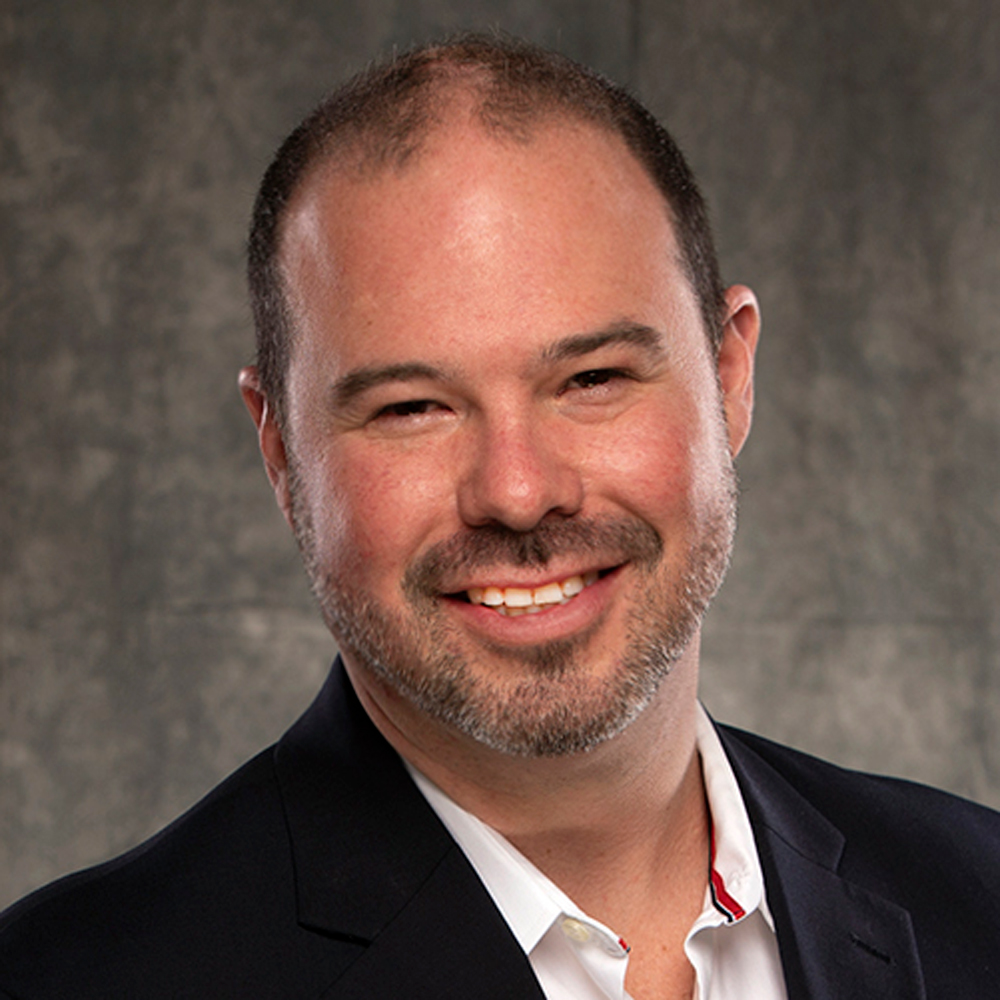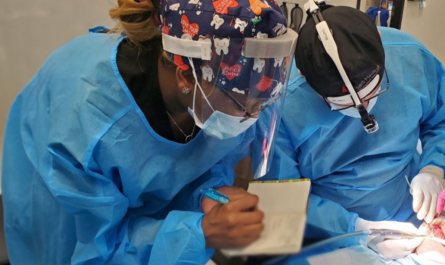Overcoming the hurdles of moving out of the chair.
By Drs. Ben Oppenheimer and Trey Tippit
When your practice was small, it was no problem to balance your clinical hours with your time spent running the business. But now that your practice has grown, that isn’t so easy. You feel the pull to take that next step and move more fully into your role as entrepreneur and CEO.
Moving out of the chair isn’t easy and the transition can seem daunting. You know that plenty of others have made it just fine … so what’s the secret?
In the following article, we’ll provide several insights on how to make it happen.
Replacing revenue streams
At the top of the list of things to think about when moving out of the chair is what the impact will be to your business when you are no longer generating revenue. It’s great to be producing a lot of your practice’s revenue, but this change isn’t a simple change-of-pace or a way to break up the monotony. You can’t just leave the chair, pick up another activity and expect a one-to-one ratio on cash flow. And the wider the gap between you and your associates, the harder it can be to make that transition.
Ben: I’m a third-generation dentist and I’ve always had a little bit of an entrepreneurial nature to me as well. I knew I was going to do something. Initially, it was implants. It was implants in school, dental implants right out of school. My life was about dental implants, which in this case makes it really difficult to get out of the chair. When I started the transition, I was personally contributing over $3 million in direct patient care revenue. And that’s been a big struggle for me to push it back.
Trey: Like Ben, I’m a second-generation dentist and my mom was a dental hygienist. So I’ve been around it all my life. I’ve watched it as I’ve grown and as a practice has grown.
I always knew I was going to leverage myself and I knew that if I was the biggest producer of everything, it was going to make any potential transition much more difficult. So I stayed within reason. Anytime I felt like I was producing too much, I delegated out to my associates.
Your brand
When making the change, another thing to consider is your practice’s brand.
The more your brand is built on an individual practitioner, the harder it can be on the practice if that individual stops offering the services that are drawing patients in.
“One of the keys to moving out of the chair is to make sure that a visit to your practice is not abou seeing you, it’s about the confidence of knowing that no matter who the patient sees, they get the same high standard of care.“
Ben: I thought about this before starting my practice. Since my end goal was to expand my practice to include multiple associates and locations, I didn’t want to pigeonhole myself in some way. I didn’t want to limit my business’s growth to my productivity capacity.
Trey: My name being on the building was a big sticky spot for me. And it’s still there. Because over time, at a certain point, a name can just become a brand. It isn’t always the end of the world.
My dad told me once that, “Everyone is replaceable in this practice.” The big A-Ha! moment was realizing that that meant that I was replaceable too. My next thought was “Whoa, hold on, how important am I?” And I spent about six months floundering around wondering, “What’s my purpose? Where do I fit in?”
One of the keys to moving out of the chair is to make sure that a visit to your practice is not about seeing you, it’s about the confidence of knowing that no matter who the patient sees, they get the same high standard of care.
Trey: Patients were willing to see other people because we had trained them and they were in our system. And so patients felt comfortable as long as they were in these walls. And knowing that, I stepped out.
Ben: What will move me out of the chair fully is finding someone else to just do the practice. It’s not so much about making sure I break even on income; it more has to do with delivering the type of care and the quality and the efficiency – both for my team and patients.
Staying “legit”
Being a dental practitioner is who you are. It’s how you define yourself and how others see you. Between school, CEs, and years of working day-in and day-out as a practicing clinician, you’ve put a lot of time and energy into becoming who you are.
Not only that, but getting to this point in your career means you are good at what you do and you have the years of evidence to back it up. And that can make it very hard to want to fully let go and move out of the chair.
“I’ve been out of the chair for around four years at this point in time. I go in and I still answer questions, I stay up on trends.”
That – often subconscious – fear of losing or changing your self-identity keeps a lot of people from moving forward. That personal struggle is compounded by the external concerns of retaining “legitimacy” in the eyes of your associates and losing touch with a constantly evolving industry.
Trey: If you step completely out, you’re never in front of your clinicians, that is going to be a big change and probably won’t go well.
I’ve been out of the chair for around four years at this point in time. I go in and I still answer questions, I stay up on trends. We retain our associates for longer periods of time, so they end up teaching, which is a positive.
I recently made a comment to an associate that, “There’s a point at which you’re going to stop listening to me because I haven’t done it a long time. I’m rusty.”
And her response was to roll her eyes and let me know that, “You’re not going to fall out of it completely, because you’re still walking around here.”
If you have the love of your practitioners and treat them with love and respect and warmth and everything – if you do that, you stay with that relationship, they’ll still trust you and listen to you from a clinical standpoint, even though you’re not sitting down and doing it every day.
Ben: I think that that’s really what it’s all about – just making sure that you’re going to maintain those relationships.
What happened actually, recently, when you’re starting to go toward more of a corporation instead of a small business, and you’re running on an operating system like EOS or something, these doctors that knew you way back when are going to say, “You’re leaving me out, you’re not showing me the love. How do I get involved in this?”
And I say, “Well, how much time do you want to spend out of the chair doing executive-level stuff and planning? What skill sets should we hire you for to be on the board of directors?” And so that’s a hard thing.
I think staying in front of them, though, is really important. And making sure that you’re helping them with questions.
Dr. Benjamin D. Oppenheimer, is a graduate of the University at Buffalo School of Dental Medicine. There, he received a Dean’s letter for Academic Excellence as well as the International Congress of Oral Implantologists award. He is now one of the leading experts in the world on Mini Dental Implants and a fellow of the ICOI. He has taught thousands of dentists to use minis and has served as a consultant to the IMTEC Corporation, the original manufacturer of the MDI product as well as Dental Tech Laboratories, Evolution Dental, Global Dental Sciences, Implant Direct and 3M ESPE. He currently is a key opinion leader for dental implants to Sterngold.
Dr. Trey Tippit, graduated from Baylor College of Dentistry in 2008 and began working in his family’s dental practice as an associate. He purchased the practice in 2011, and has since expanded the brand into 5 locations on the west side of Houston. He stepped out of clinical dentistry in 2016 and currently serves as CEO, dealing with the vision, growth, and direction of the company.








